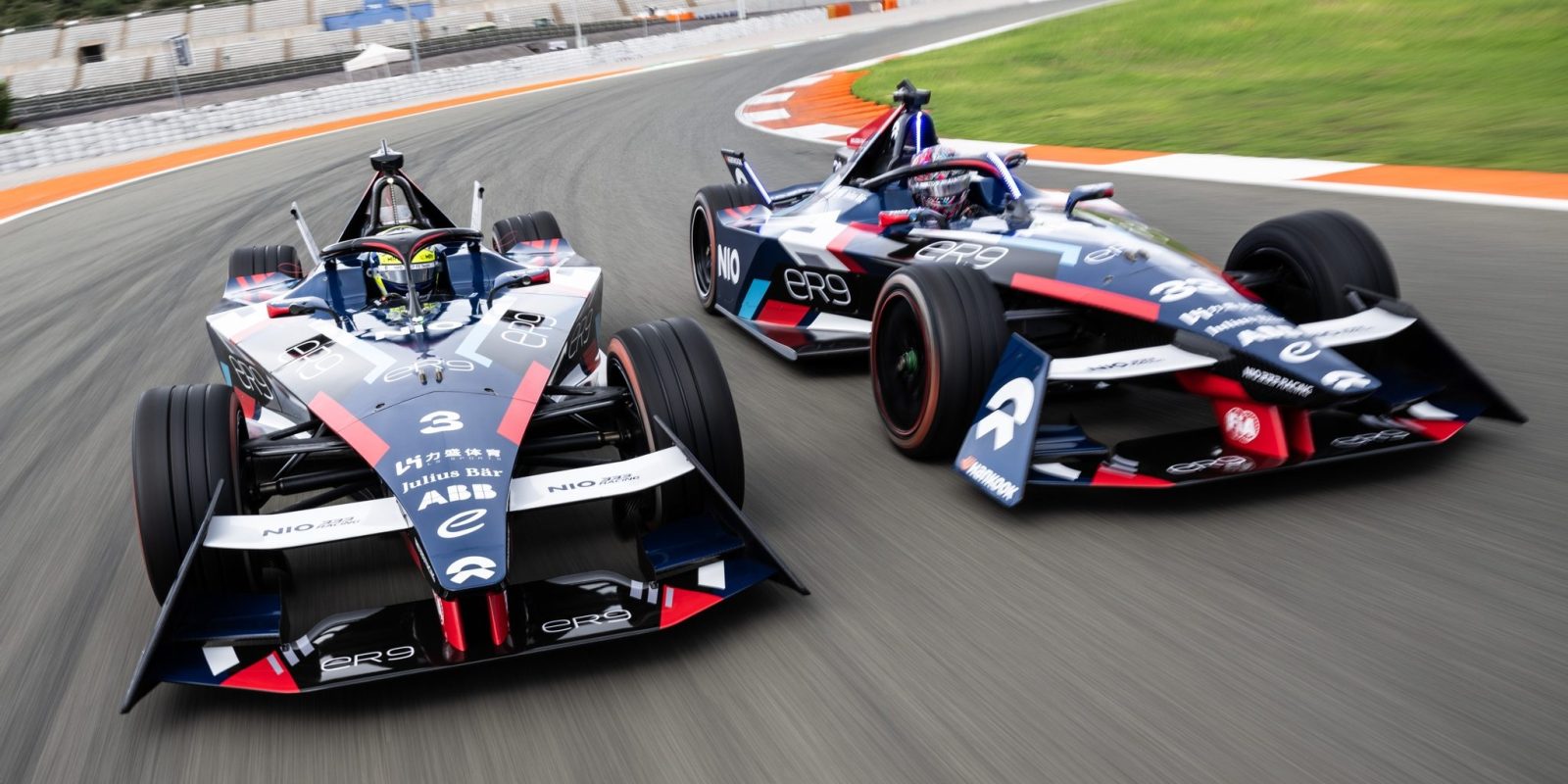
Formula E is back for the start of season nine this weekend at the high-altitude Autodromo Hermanos Rodriguez in Mexico City.
The season includes the new faster, lighter, and much more angular Gen3 car, new tracks, and more.
This is the first time Formula E has opened a season in Mexico City, with the last four seasons being launched in Diriyah, Saudi Arabia. Unlike the last few seasons, the opening race is not a doubleheader this time around – there will only be one race, on Saturday, so if you wait until Sunday to tune in, you’ll miss the live action.
At nearly 2,300m/7,500ft altitude, Mexico City’s track provides an excellent demonstration of the strengths of electric drive. Combustion vehicles that race there have to contend with thinner air, which means less efficient combustion and lower engine power. With electric drive, this isn’t a worry – electric motors work equally well at any elevation.
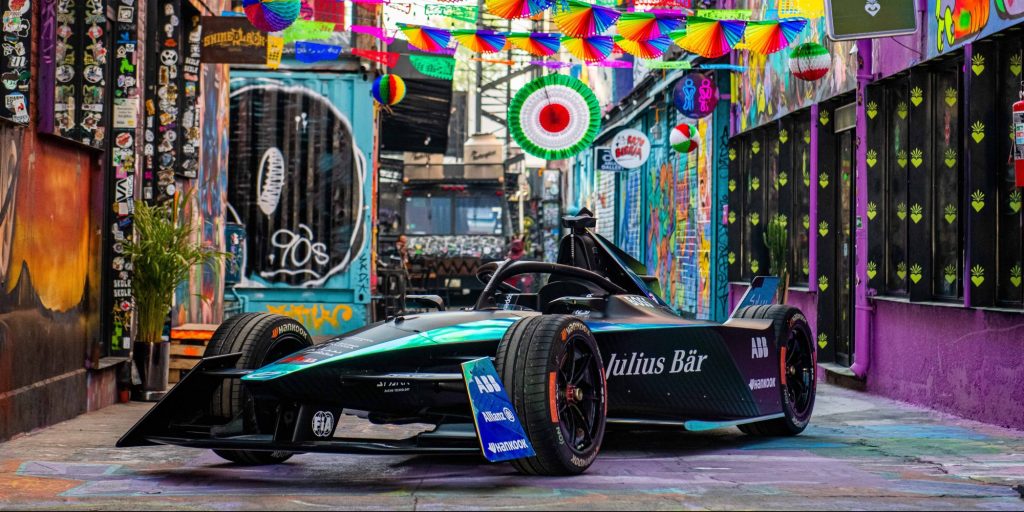
New car
The most exciting change this year is the new car, which is a big change from last year’s car. The Gen3 spec looks very different than before, with a much more angular look.
They’re also smaller in every dimension – length, width, wheelbase, height, and most importantly weight. Smaller cars mean there’s more room on the track, which can potentially mean more overtakes on track. Smaller, lighter cars also perform better, since there’s less weight to push around in turns or during acceleration or braking.
But the biggest and most interesting change is in the powertrain. In addition to a boost to 350kW of power (as compared to 250kW in Gen2) and top speed of 200mph, the Gen3 car also has an additional 250kW front motor specifically for regenerative braking. This makes the Formula E Gen3 car the first Formula car to have both front and rear powertrains.
This means the car is capable of regenerating up to 600kW of power under braking, more than double what it could last year. So the cars will be more efficient and, therefore, able to go further and faster.
In fact, there’s so much energy recovery available from the motors that the car won’t even have rear brakes. Instead of rear friction brakes, the car relies only on its 350kW motor for rear braking. It still has front friction brakes, given that the front axle does the majority of work during braking due to load transfer, but the front brakes won’t need to be as large since they’re backed up by the front motor.
That said, these two powertrains do not make the Gen3 car an all-wheel drive vehicle. Like other formula cars, it still gets all of its acceleration power from the rear axle. But theoretically it would be possible to move to all-wheel drive without a significant car redesign, so we wonder if that might be in the Gen3 car’s future.
That power now goes through Hankook instead of Michelin tires, as Formula E has changed tire suppliers for the first time. But the tires will remain all-weather, treaded tires, suitable for street racing even in wet(-ish) conditions, rather than racing slicks like most racing cars use, which offer much better grip in dry conditions. So between a more powerful rear motor and all-weather tires, Formula E cars will continue to be squirrelly on corner exit, testing driver skill at every turn.
So there isn’t that much of a change in balance during acceleration, but the new car should offer a totally different braking experience, which will take the drivers some time to get used to, especially the first time they take to the track in anger this weekend. We expect some interesting passing opportunities in the early half of the season.
That 600kW of total system regenerative braking capacity is relevant in another way, too. The car’s battery is capable of up to 600kW DC quick charging. Not only does this get used in the race by the braking system, but Formula E plans to add mid-race charging pit stops this year.
In races with these pit stops, the series will require that every driver make a short charging stop, and doing so will unlock activations of “attack mode,” a higher power mode which gives the cars a boost in energy for a few minutes at a time. This change should add more passing and dynamism to the race, while also demonstrating 600kW charging, twice the speed of the fastest consumer chargers.
All of this put together resulted in cars going about half a second faster around the test track in Valencia during pre-season testing last month, part of which was in wet conditions, which meant teams didn’t get as many dry laps as they’d like. While half a second doesn’t sound like a lot, it’s quite a bit in racing – and it’s also a comparison between an outgoing powertrain and an incoming one.
Whenever technology changes happen, it takes a while for teams and drivers to get used to them, and for changes this significant, we can imagine there will be quite a learning curve. We wouldn’t be surprised if the cars end up even faster after shaking out the new technology through the rest of the season.
New tracks
The race calendar is the biggest change we’ve seen in a while, with four new circuits that Formula E has never raced on before: Hyderabad, India; Cape Town, South Africa; São Paulo, Brazil; and Portland, Oregon.
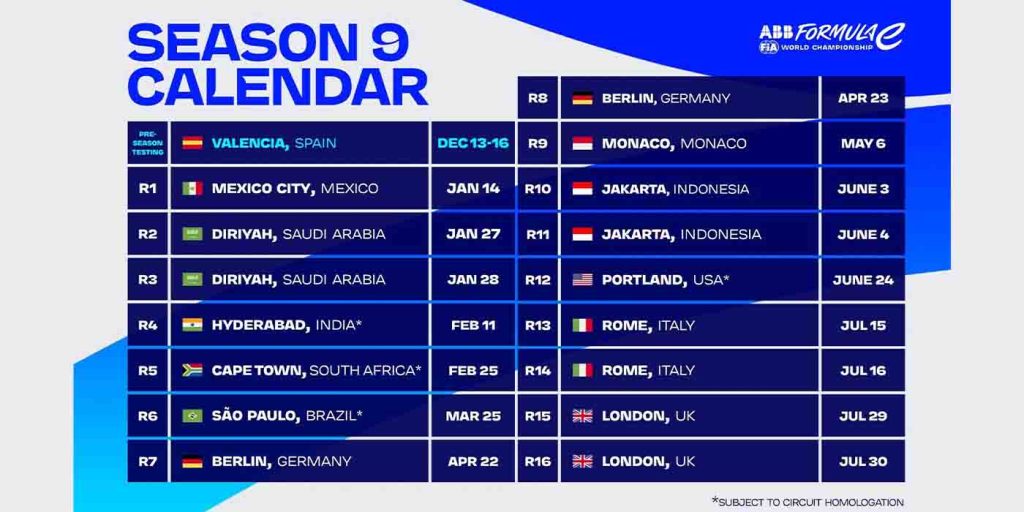
As with other Formula E seasons, particularly during the time of COVID, the calendar is subject to change. Previously the series planned to race again in Seoul, South Korea, which closed out the last season of racing. But that race had to be cancelled due to renovations and was replaced by Cape Town. But the four new circuits still need to be certified by the FIA for race preparedness, so it’s entirely possible we will see some changes to the calendar.
Hyderabad will host the first Formula E race in India, home of Mahindra racing, a longstanding fan favorite team in the series. Cape Town isn’t the first time Formula E has visited Africa – but the other visits have been in North Africa, so it’s the first sub-Saharan site the series has visited. São Paulo is the first time Formula E has visited race-obsessed Brazil, a country with a long history and rabid fanbase in motorsport, though the series has visited nearby Uruguay, Argentina, and Chile many times. And Portland will be the fourth location in the United States that has seen a Formula E race, behind Long Beach, Miami and New York. We’ve now seen one race in each corner of the United States. (Sorry middle America – you’re next perhaps?)
Other changes
One long-awaited rule change, at least amongst motorsport fans, is the end of FanBoost.
FanBoost was conceived in the original season of Formula E as a way to drive fan engagement. Fans could vote for their favorite driver on social media and the top three drivers would get a short boost of power they could use at any point during the race.
While it rarely had a big effect on racing, especially in recent years as the boosts got shorter, many motorsport fans immediately dismissed the series thinking that FanBoost sullied the purity of it all (as motorsport fans are wont to say about … almost everything).
As happens every season and even mid-season, drivers have shifted from team to team and even the teams have made some shifts as well.
Defending champion Stoffel Vandoorne, who won last year with Mercedes, has shifted to DS Penske (formerly DS Techeetah), alongside two-time champion Jean-Eric Vergne. Mercedes was last year’s constructor’s champion, but they have left the series, and their team is now in the hands of McLaren.
In addition to McLaren taking over for Mercedes, we’ve had other team changes as well. Nissan has taken full ownership of the e.dams team, the ABT team is back with the help of Cupra after missing last year due to ending their relationship with Audi, DS has cut ties with Techeetah and partnered with Penske instead, and Maserati has taken over the ROKiT Venturi team in their first return to racing as a constructor since the 1950s.
Several drivers have shifted teams or departed the series (including veteran and longtime EV advocate Alexander Sims, who we’re sad to see go). But we want to focus on the two new drivers: Sacha Fenestraz and Jake Hughes.
Fenestraz participated in the very last race of last season (taking over for Giovinazzi after a hand injury), so he’s essentially a rookie this year. He’s a French former Formula Renault Eurocup champion and has been a Formula E reserve driver for Jaguar for the last few seasons.
Hughes has raced in several series, and is a former champion of the BRDC Formula 4, now known as the GB3 championship, which is the top single-seater racing category in Britain, where Hughes hails from. He served as a reserve and development driver for Mercedes’ team for the last two seasons and will start racing this weekend, with McLaren.
The racing starts on Saturday January 14 at 2:00 pm local Mexico City time, which is noon Pacific Time, 3:00 pm Eastern and 8:00 pm UTC. The race will be aired delayed on CBS Sports Network in the United States, but will be streamed live on cbssports.com and CBS Sports HQ. Practice sessions will be streamed on YouTube.
If you’re not in the United States, you can check the Formula E website for ways to watch in your country. If you can’t find a way to watch the race live, Formula E usually uploads race highlights to their youtube channel within days, though we don’t know whether they’ll be posting full races on there as this seems to change season to season.
FTC: We use income earning auto affiliate links. More.
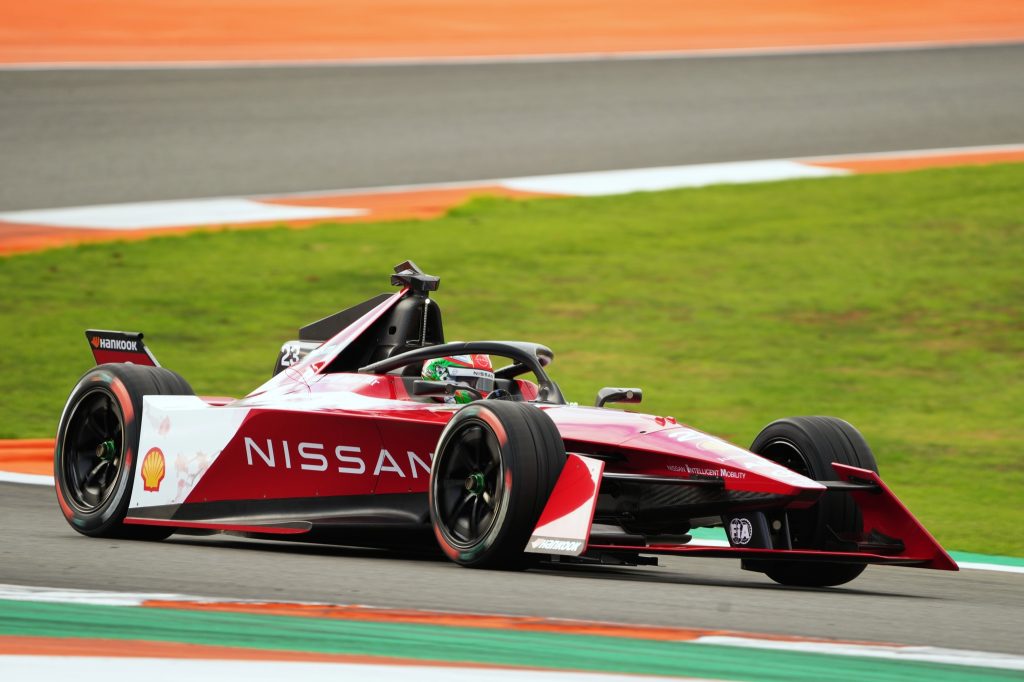
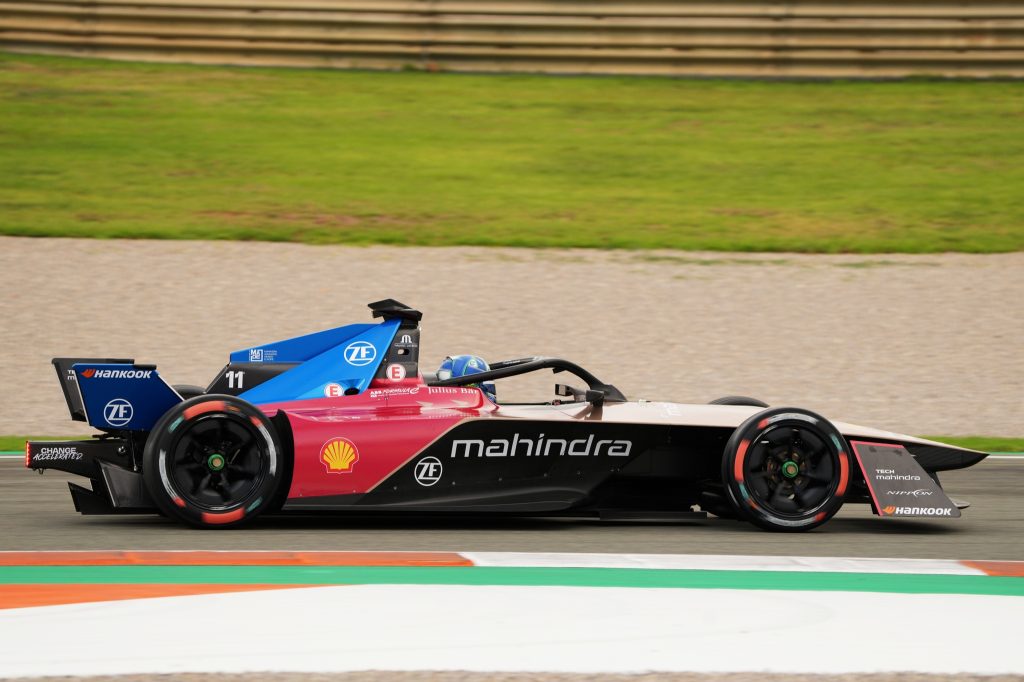
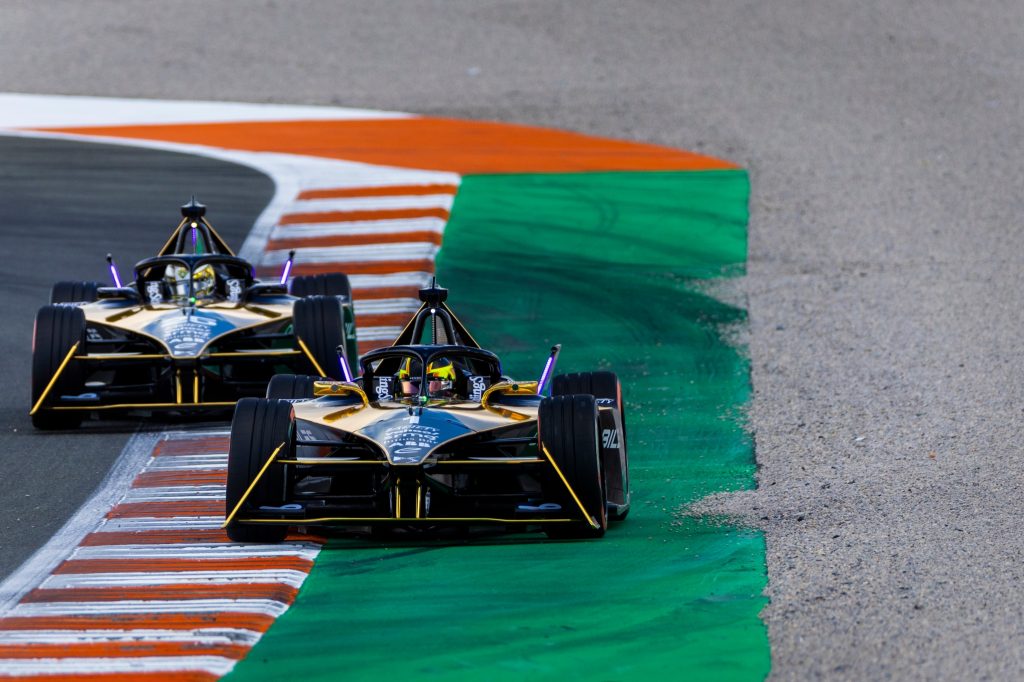
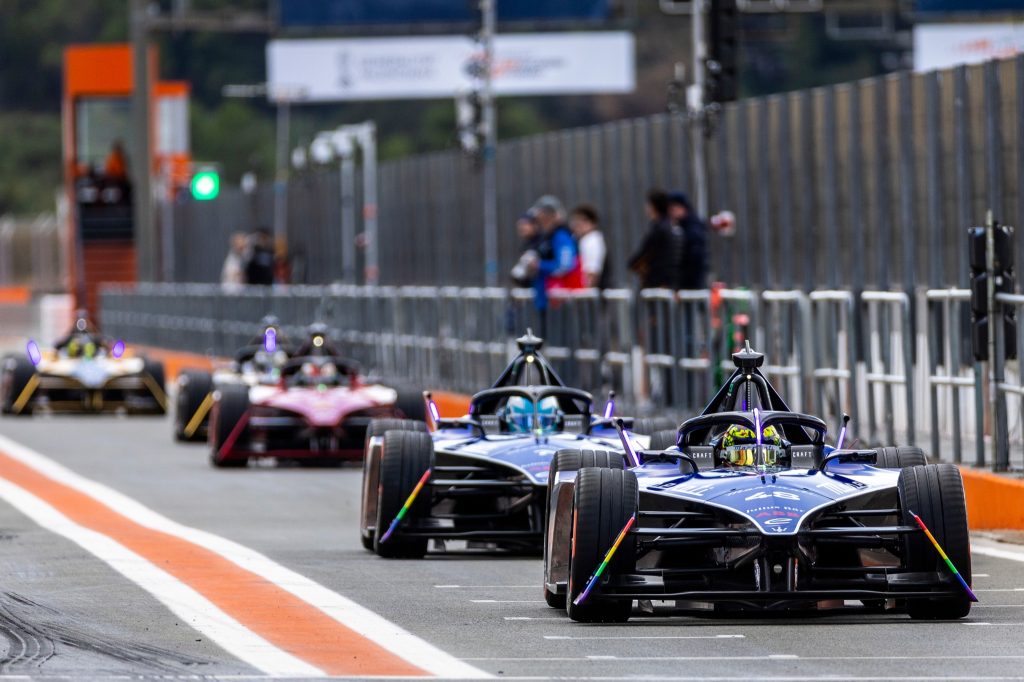
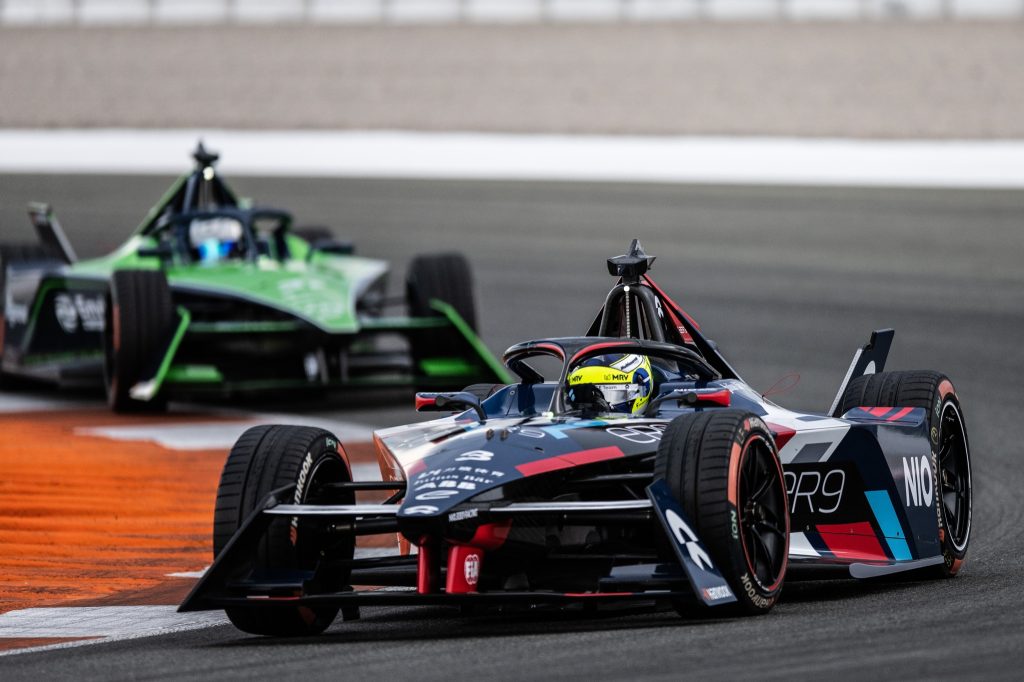
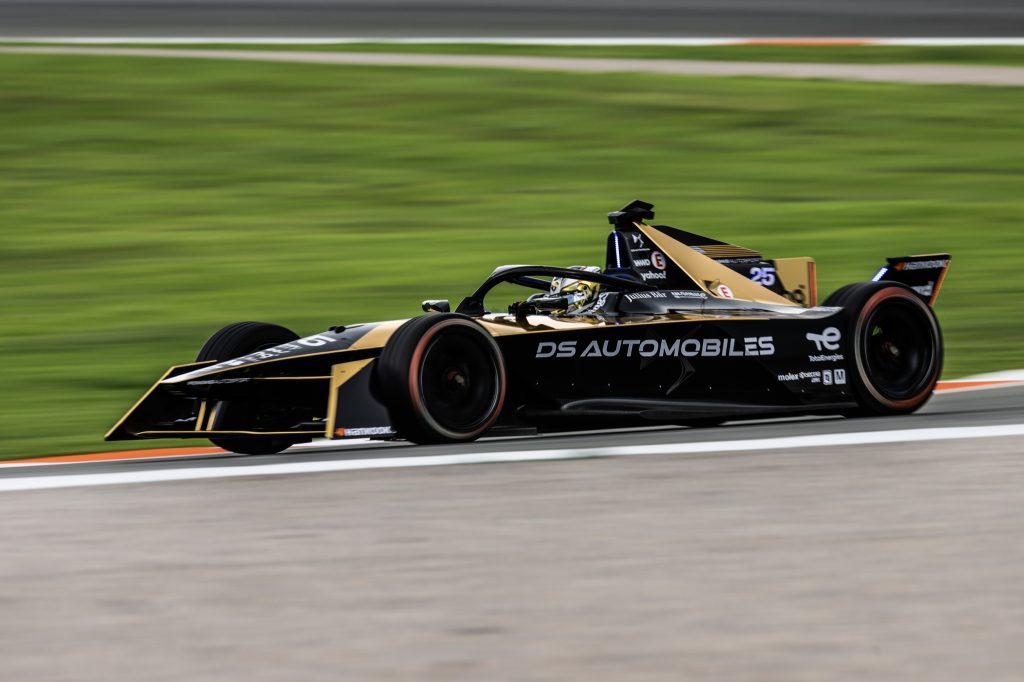
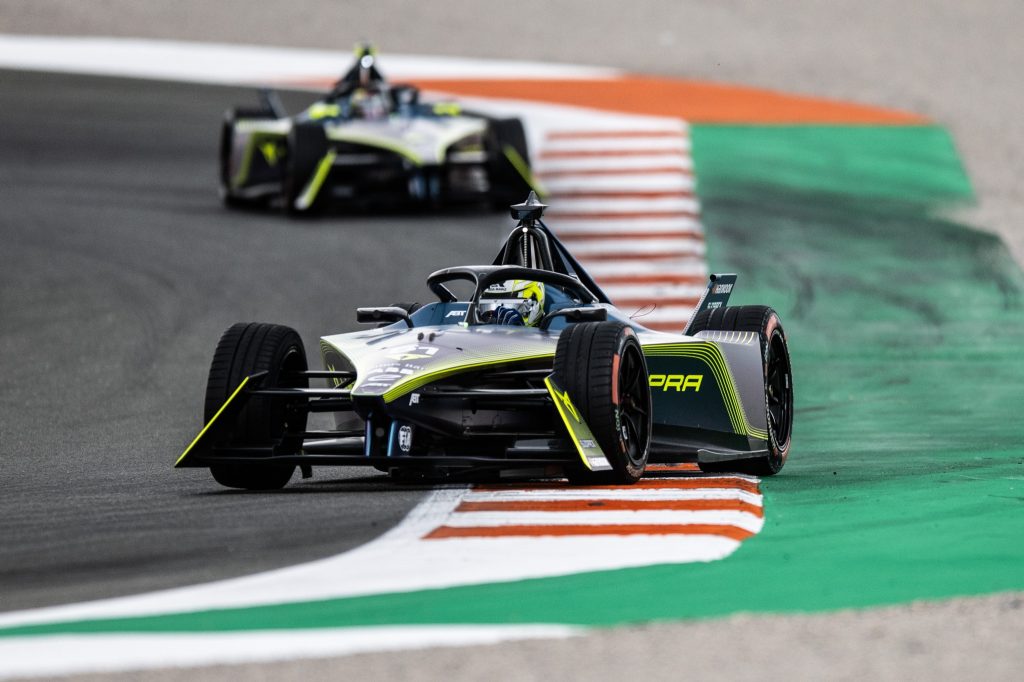
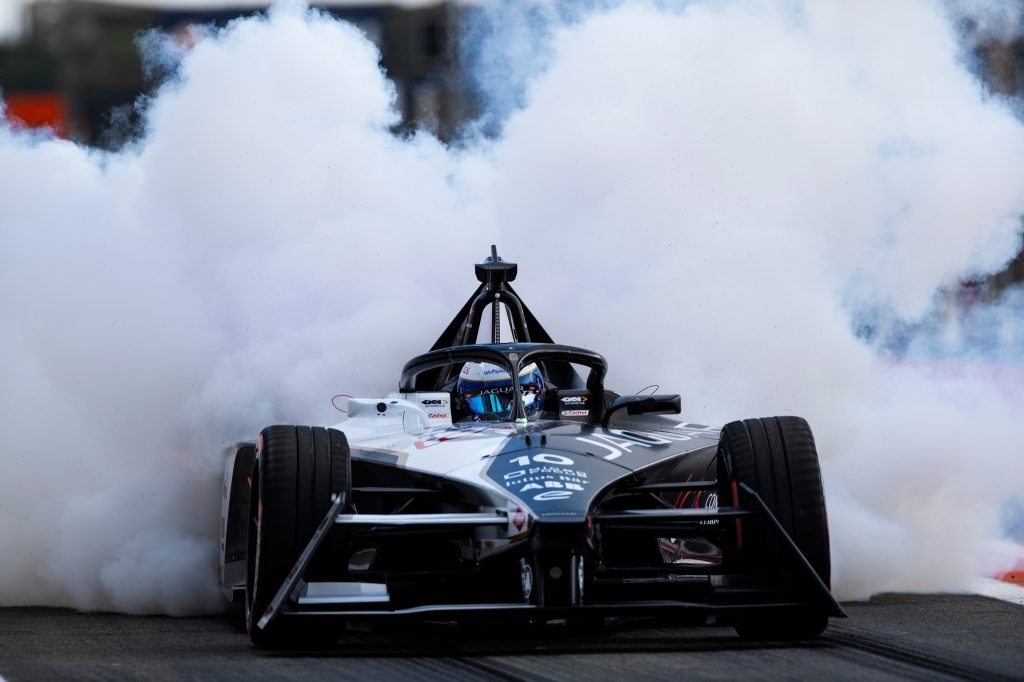
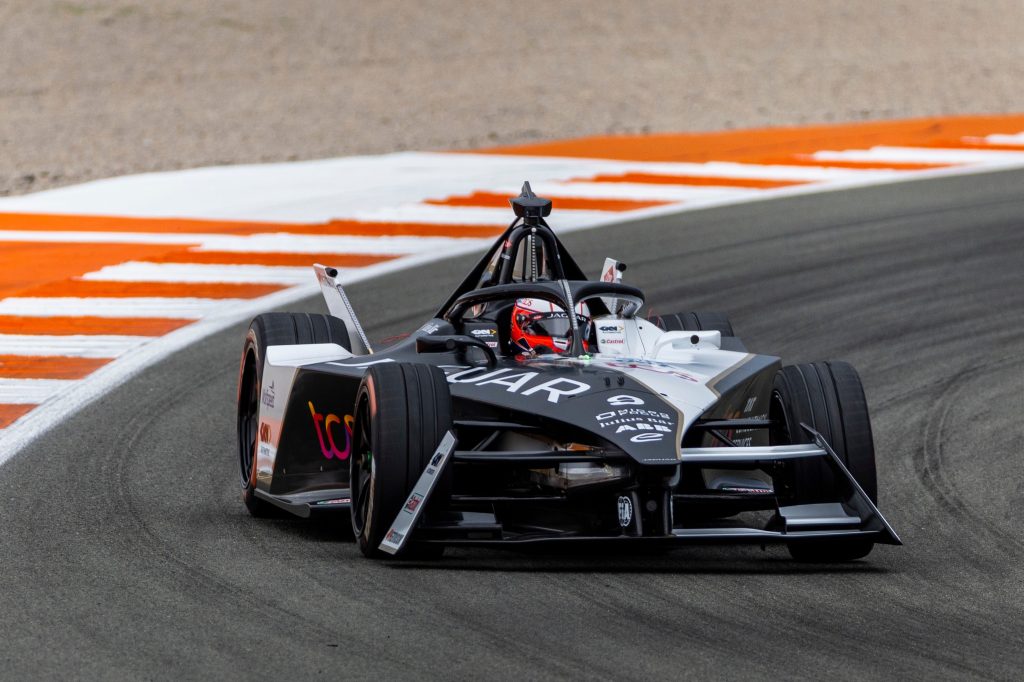
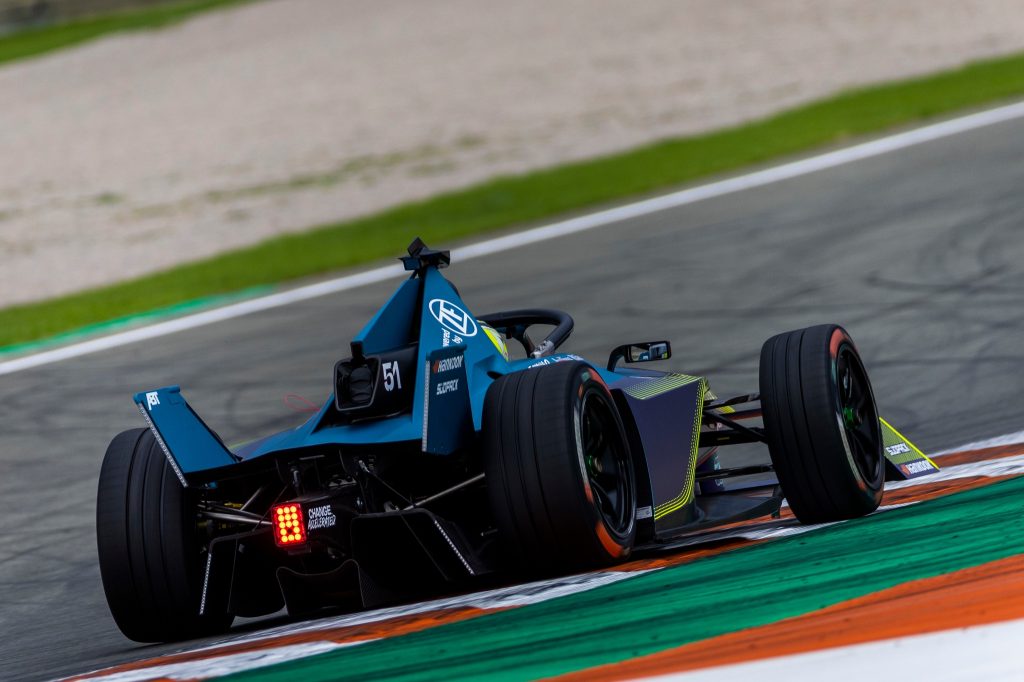

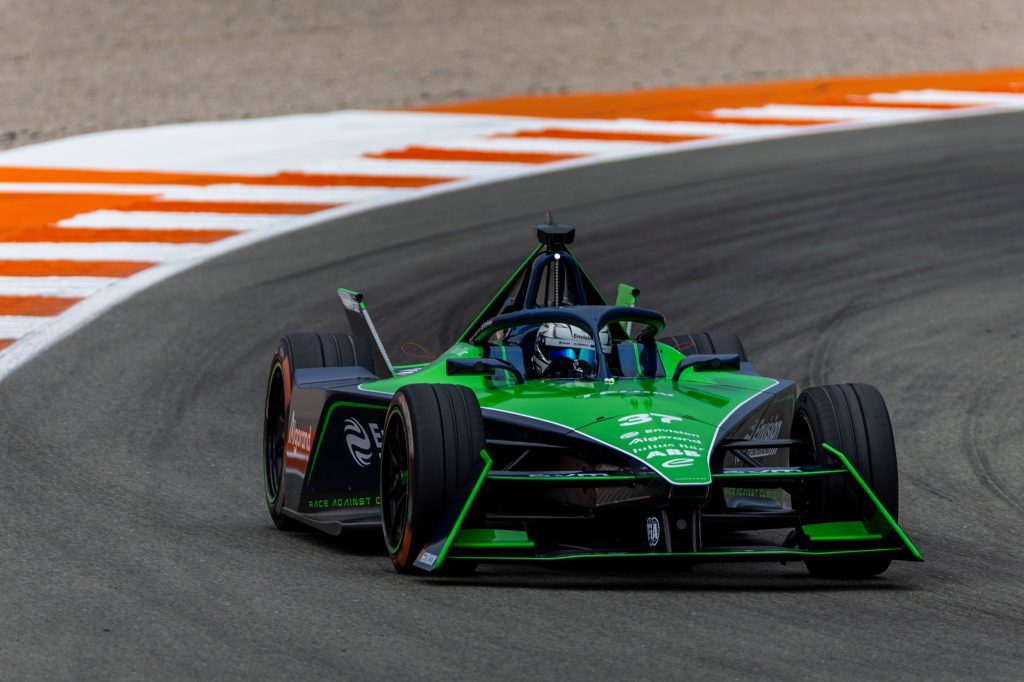
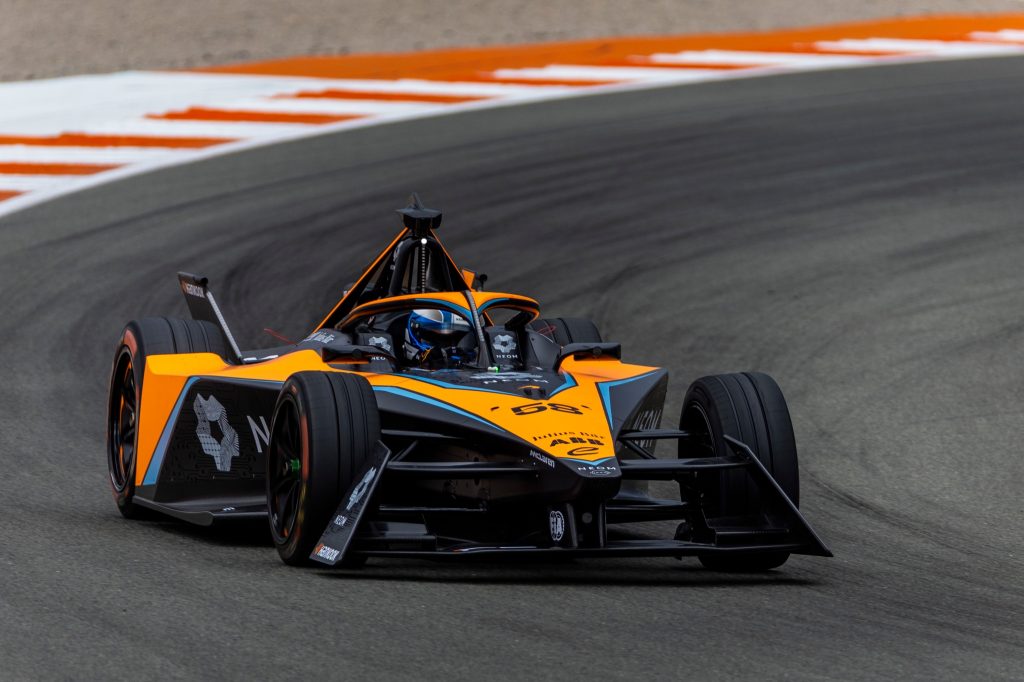
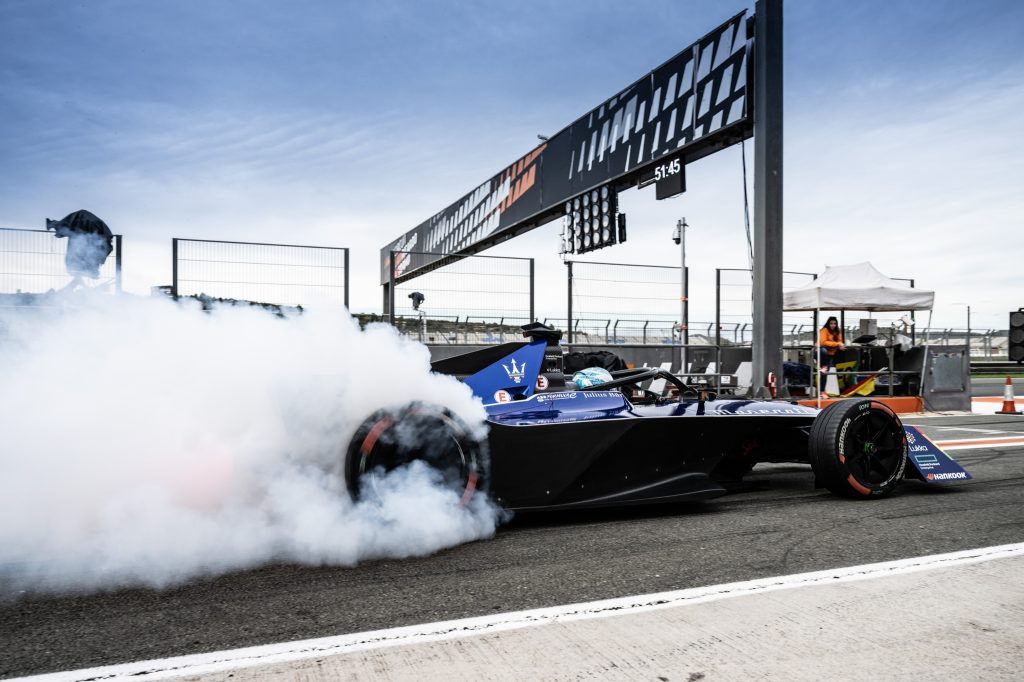
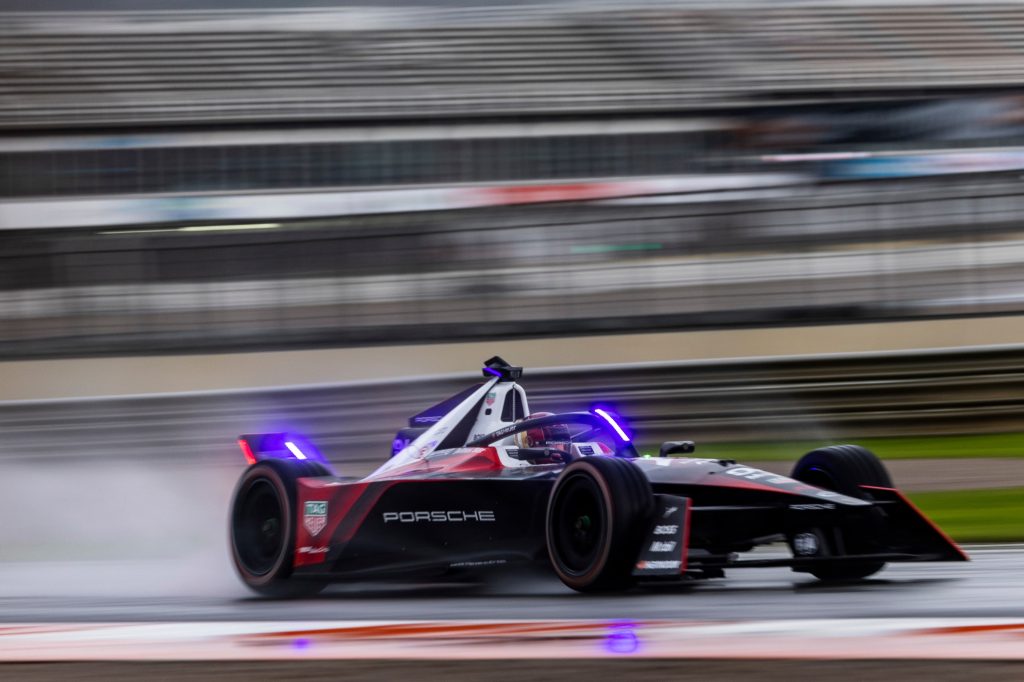



Comments